9 ways to break bad home habits – it'll make it so much easier to clean, tidy, and maintain your home in the long run
These simple habit swaps make maintaining a clean home 10 times easier
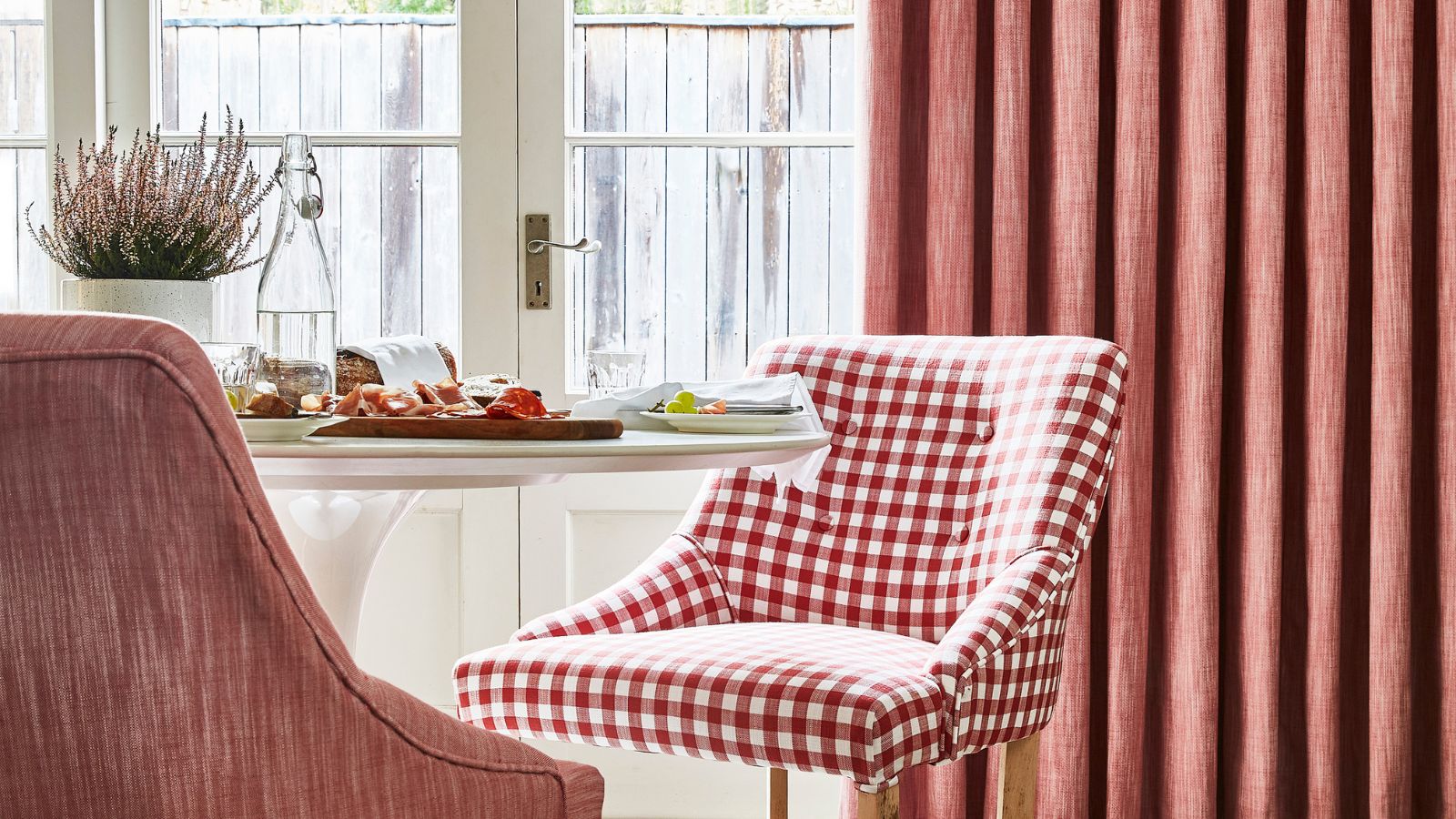

We are all a little guilty of picking up some bad habits at home – be it leaving clothes piled on bedroom chairs or putting things down rather than away. But how do you break bad home habits for good?
Replacing them with good ones isn’t easy, but it is more than worth the effort when your home becomes 10 times easier to keep tidy and clean.
I spoke to productivity experts, life coaches, and home organizers to learn the secrets to tackling the worst habits to ditch to save time on chores for good.
How to break bad home habits
From the bad cleaning habits making your home dirtier to the bad laundry habits ruining your clothing, replacing old ways with new ones takes time and energy.
Take a pragmatic and informed approach to acing them, however, and your home will be forever changed.
1. Work out your ‘why’
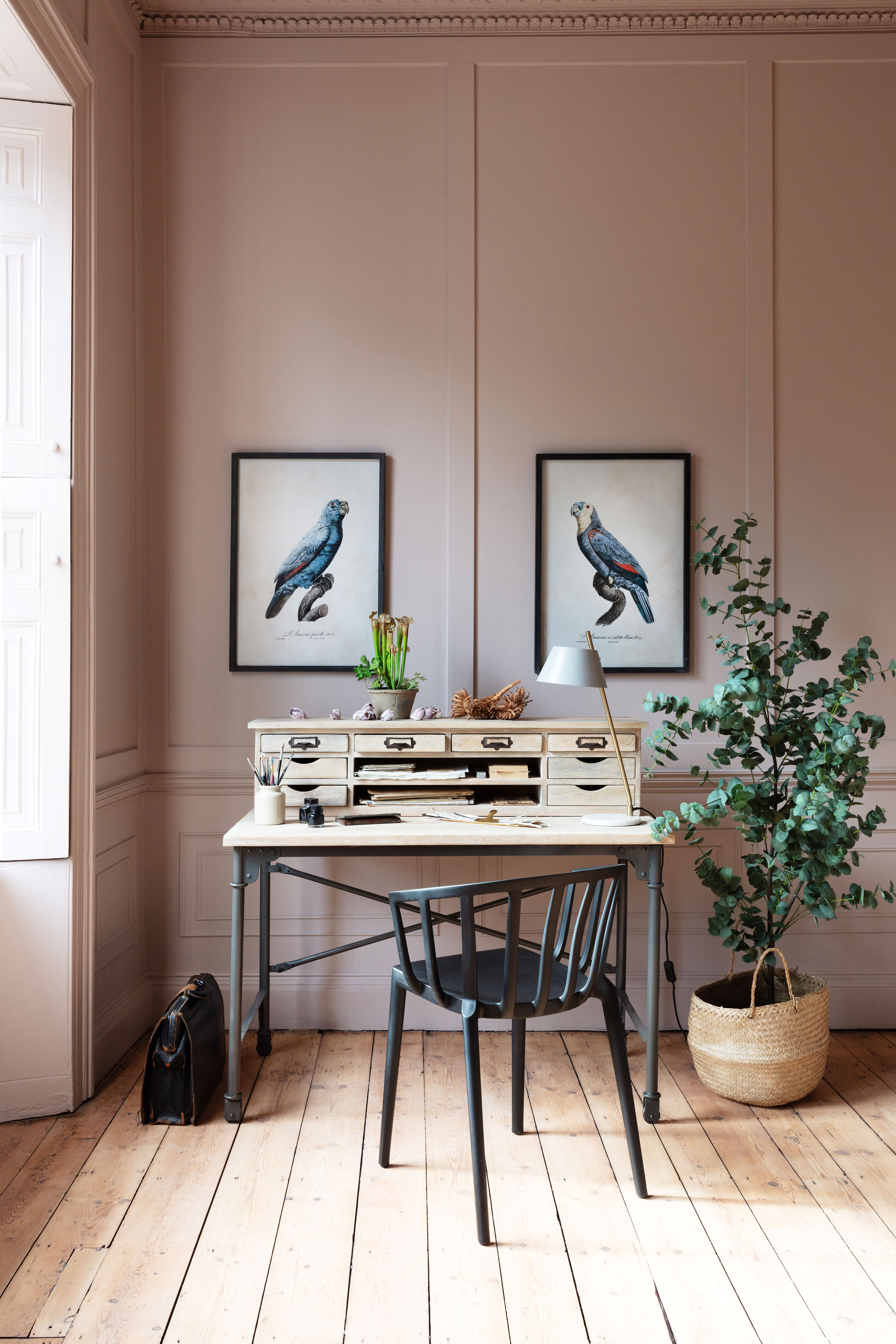
Take a moment to sit down and plan your new habits.
Deciding why you want to change an old habit can help you to set a clear goal, making it easier to replace it with a new habit.
Blanka Molnar, former NAPO professional organizer and conscious parenting coach with Awarenest, says asking why you want to change a habit isn't enough and you should go deeper, asking yourself about the why five times.
Design expertise in your inbox – from inspiring decorating ideas and beautiful celebrity homes to practical gardening advice and shopping round-ups.
She says, 'Do not stop at the surface level. Ask why five more times. "Shoulds" will not get you through deep transformations. Your deep "whys" will.’
For example, If you want to try new decluttering methods regularly, your first why might be because you want to reduce stress and anxiety at home. Ask yourself why again. The second answer might be because you want to be able to relax and improve your wellness, and you want to use better home organizing ideas to stop clutter before it starts. Continue this until you figure out what's blocking you.
Blanka also suggests reframing the way you think about your ‘bad’ and ‘good’ habits while working through your plan. ‘Say that they are old and do not serve you anymore, and you are ready to form new ones,’ she suggests. ‘Labelling your habits bad is like labelling yourself bad.’
A gratitude journal, available at Walmart, can help you stay on track with these goals.
When creating these goals, remember to be realistic to make your to-do list less overwhelming and make your habits easier to stick to.
Kirsten Hall-Baldwin, licensed clinical professional counselor and founder of The Modern Wellness Collective, adds, ‘Set clear, realistic goals with deadlines. Keeping goals vague can feel overwhelming. Instead, set specific and achievable goals. Having clear goals and deadlines can help keep you focused and motivated.’
2. Create mantras
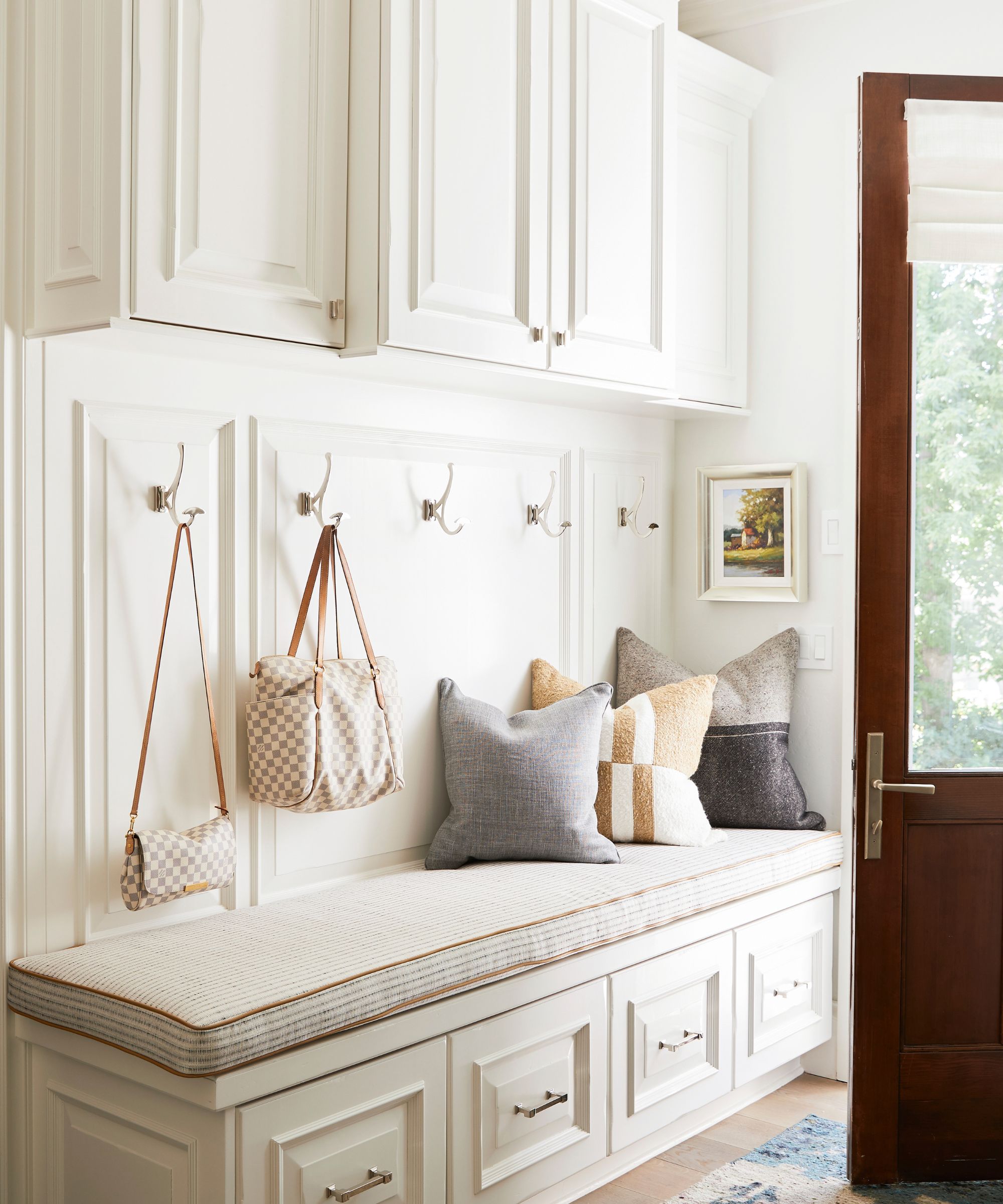
'Don't put it down, put it away' is a powerful mantra to help you keep your entryway neat.
A great way to break up with bad housekeeping habits is to use the power of words to alter your thought processes.
Diane Quintana, professional organizer and owner at DNQ Solutions, shares, ‘As a certified professional organizer, I use some easy-to-remember mantras to help my clients break bad habits.
These mantras help my clients deal with things a little bit at a time so that they don’t become cluttered, and so the clutter doesn’t evolve into an overwhelming problem. This makes managing their home easier.’
Diane shares three mantras to use:
- Don’t put it down, put it away: We all know that horizontal surfaces are like a magnet for clutter. To avoid that problem, I advise clients to put things back instead of putting them down and creating a pile to deal with later [similar to the one-touch tidying rule]. When they get in the habit of putting things away, they also notice when the places for things to belong become overfull. This prompts them to notice if they are storing things they need and use or if they are hanging on to things they don’t use, which clogs the available space.
- The floor is not an option: I’ve noticed that things sometimes stay where they land on the floor. Empty boxes, stuffing from shipping boxes, tissues, bags, suitcases, and shoes are all things that get left here and there. When people can repeat to themselves “the floor is not an option”, they are more likely to take the open and empty box to the recycling bin.
- Later is not a time: Very often, chores pile up because we tell ourselves we’ll do the task later. Since later is not a time, we rarely get around to it. If the person can’t do the task right in the moment, I tell them to schedule it. As long as they treat it like an appointment, it will get done.
3. Give yourself ‘Permission to slip’
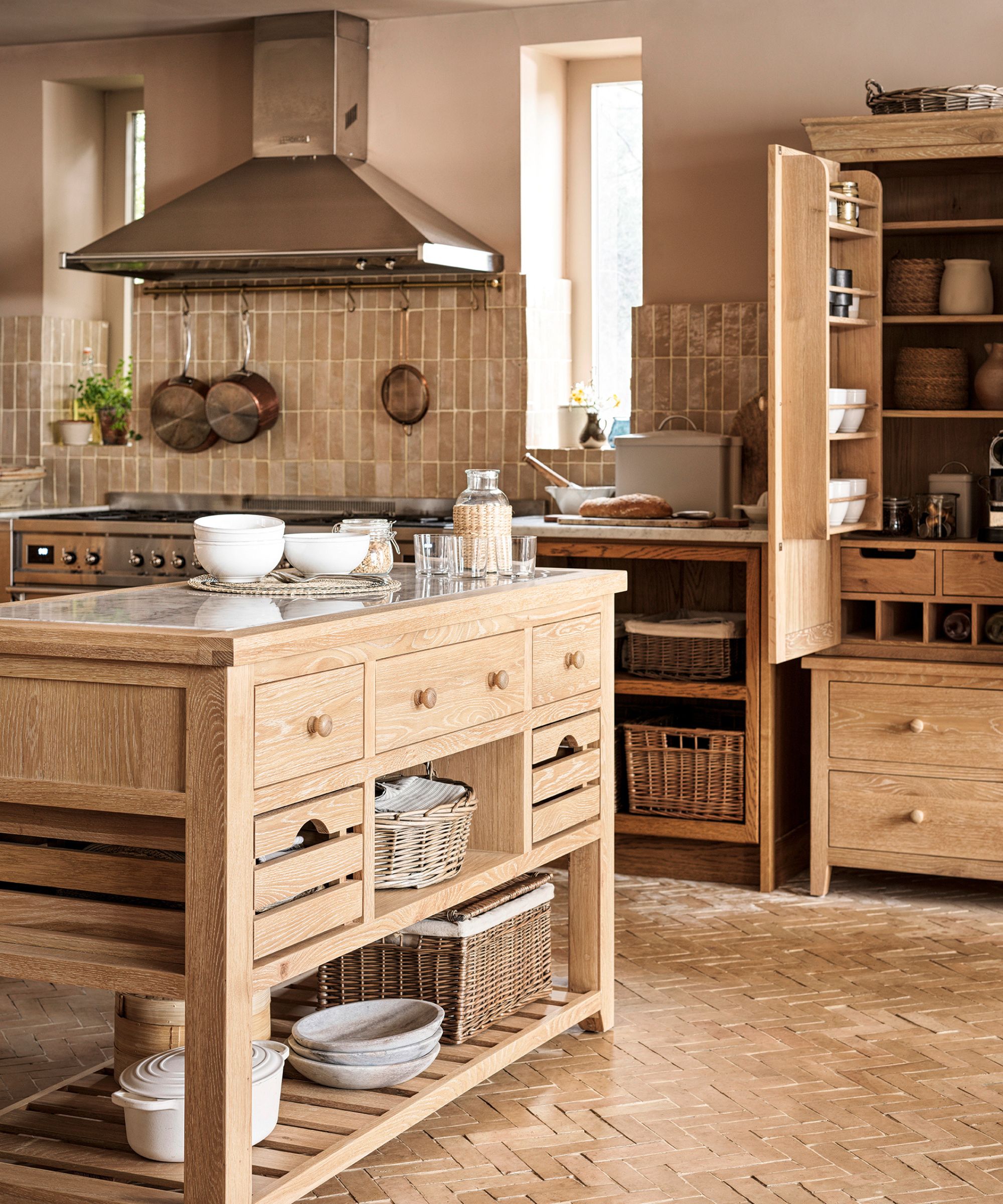
Progress doesn't have to be perfect, so long as there is progress.
Much like finding the right cleaning balance in your home, developing new habits requires some leeway and trial-and-error.
Christina Campoy, executive coach and founder of Chief Elevate Officer, reminds us, ‘Slipping up isn’t failure – it’s data. Shame doesn’t help; planning does.
'I have my clients write themselves a literal permission slip – or as I call it, permission to slip – before they even start. That way, when the inevitable misstep happens, it doesn’t derail them. It’s a pre-approved pause, not a collapse.’
This might be something such as permitting yourself to slip on tidying during the week, and then doing a Friday night or Saturday morning blitz for the week ahead.
Forgetting this vital step is a common cleaning and decluttering mistake that can create the false idea that changing habits is pointless, and therefore makes it harder to start new habits in the future.
You can create a ‘permission to slip’ note on the back of this Habit Tracker Notepad, from Anthropologie. This way, you can also easily keep tabs on the habits you are neglecting the most.
4. Follow ‘The Pocket Protocol’
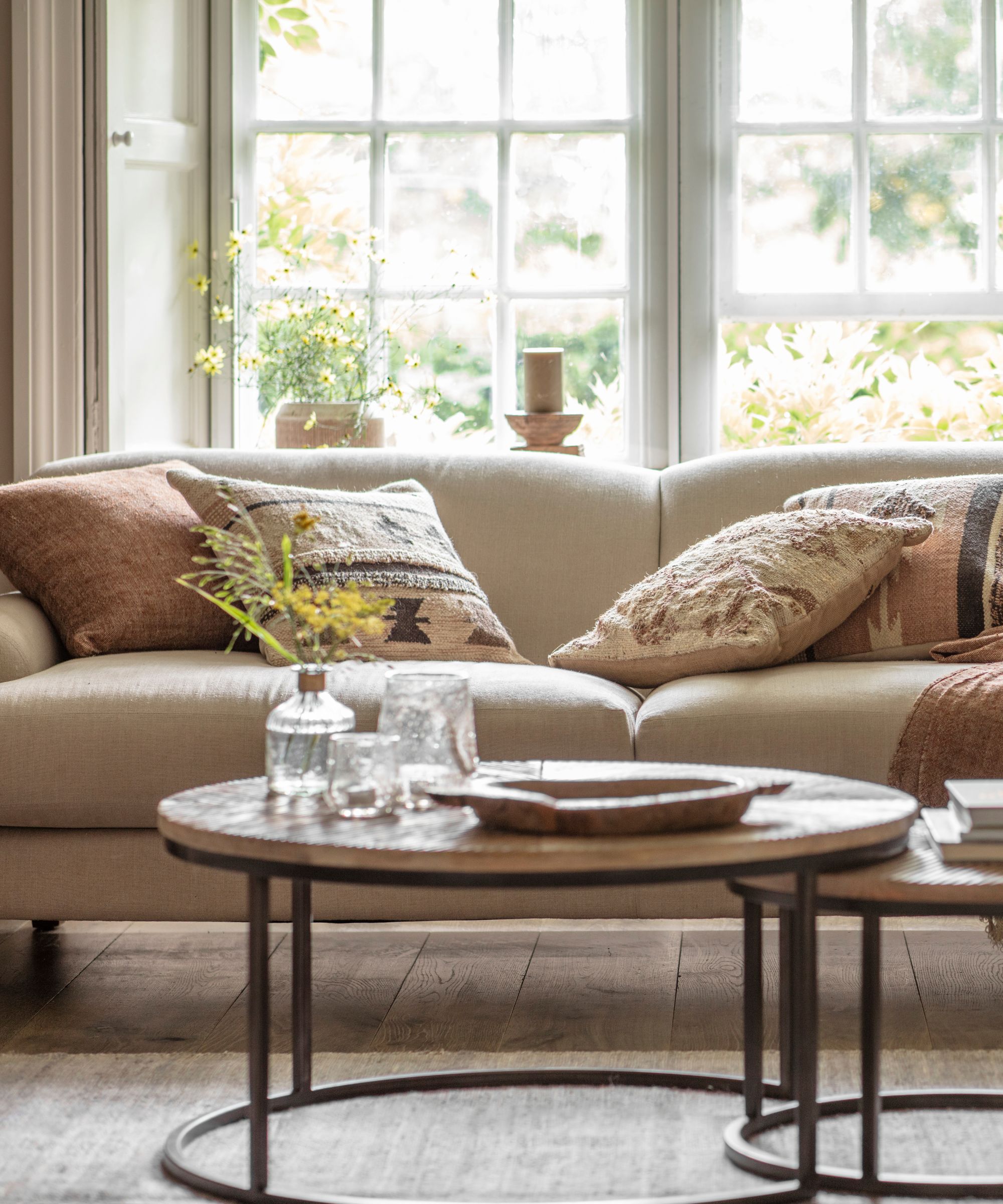
Allowing yourself a few 'cheat days' can help with the transition between habits.
Building the habits of highly organized homeowners does not come overnight and requires constant effort. When trying to break bad home habits, soften the blow by taking each day one step at a time – otherwise called ‘The Pocket Protocol’.
Christina continues, ‘This is a method I use to help clients cheat chores responsibly. Instead of trying to quit a habit cold turkey, we scale back gradually and create mini-interventions that support progress without triggering a binge.
For example, when I was cutting back on sugar, I found these meringue cookies with just one gram of sugar each. Even if I have five, it's still negligible – but it helps satisfy the craving and keep me on track.
‘The Pocket Protocol is about anticipating the gap between intention and action and designing tools to bridge it. You keep it in your back pocket for when you need it most.
'That might mean a five-minute reset ritual when mess hits, or a list of quick swaps for common clutter triggers.'
For instance, you can employ the pick up and place strategy if you're short on time for tidying, which simply means moving an object closer to its home, for instance, on the stair,s ready to go with you next time you climb them, instead of neglecting to fully put them away. You'll be surprised by how much progress you'll make even with half efforts.
'The goal isn’t perfection – it’s consistency, supported by structure,' adds Christina.
5. Create catch zones to improve habits
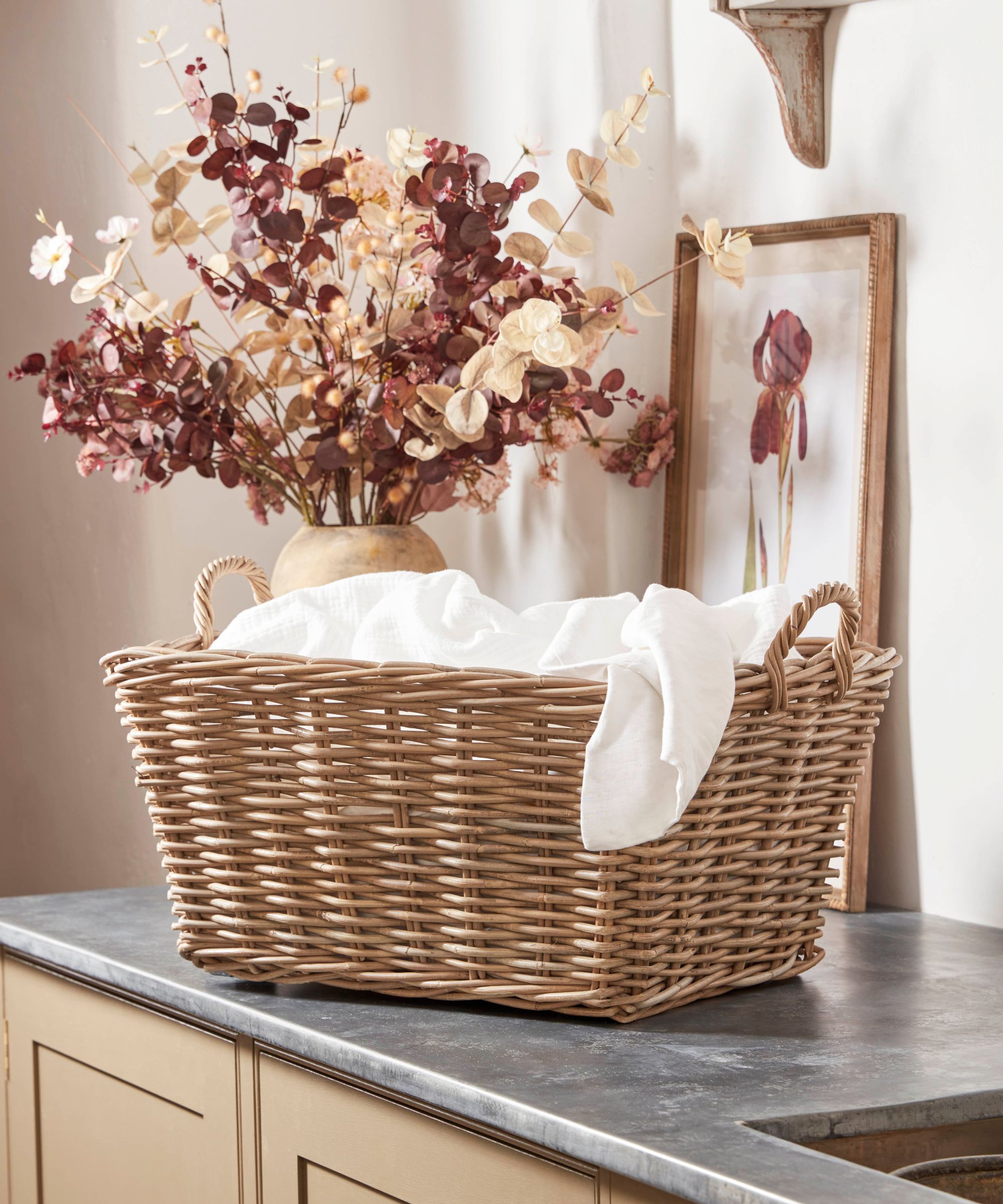
Drop zone baskets can catch clutter to compliment existing habits.
Sometimes, you do not need to break a bad home habit, but find ways to make it into a good one. For many, this means creating drop zones through a house to collect clutter, following the Desire Path decluttering method to avoid changing your routine at all.
David Radin, CEO of Confirmed and creator of Time Management in the Age of AI, explains, ‘Don't think of it as breaking bad habits, because it's very difficult to not do something. It's much easier to replace old habits with new ones.
‘Do you throw your dirty clothes into the corner every evening? Trying to stop doing that is difficult. But trying to drop them into the hamper gives you something achievable to strive for – and much easier to accomplish.’
The Joseph Joseph three-part divided laundry hamper, from Wayfair, is a great tool for this specific example, helping you to sort clothes for laundry as you make it.
Otherwise, simple woven baskets, from Target, can make drop zones to catch clutter in entryways, rooms, and on stairs to make items easier to put away and less messy to look at.
6. Stack habits
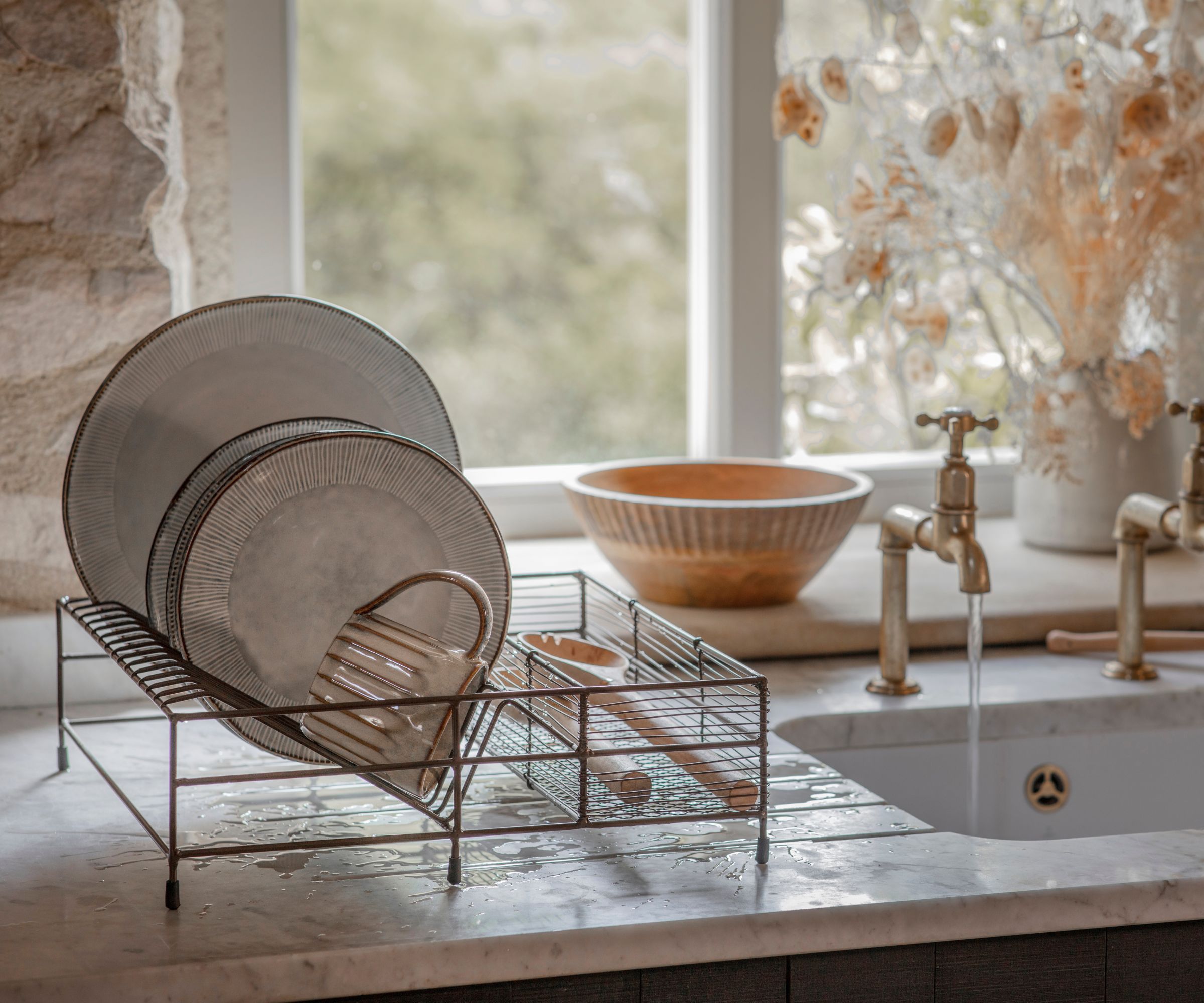
A good task stack is to wash up as you cook dinner.
Sometimes, building new habits can be easier if you pair them with existing routines. Using task stacking, rather than trying to go against your existing flow will make it easier to build new habits into old routines.
David says, ‘Stacking habits makes doing things habitually easier – and it helps you undo bad habits too. To stack a habit, do it right after you do something else every time you do that other activity.
‘After you brush your teeth, for instance, make it a habit to clean the sink too. If you go straight to cleaning for seven straight days right after you brush your teeth, on the eighth day, you'll automatically think about what's ready to clean.’
For a more streamlined approach, every time you leave dinner on the stove to simmer, load the dishwasher or handwash dishes. Likewise, every time you go to the grocery store, declutter the pantry and clear counters as you restock your supplies.
7. Focus on one habit at a time
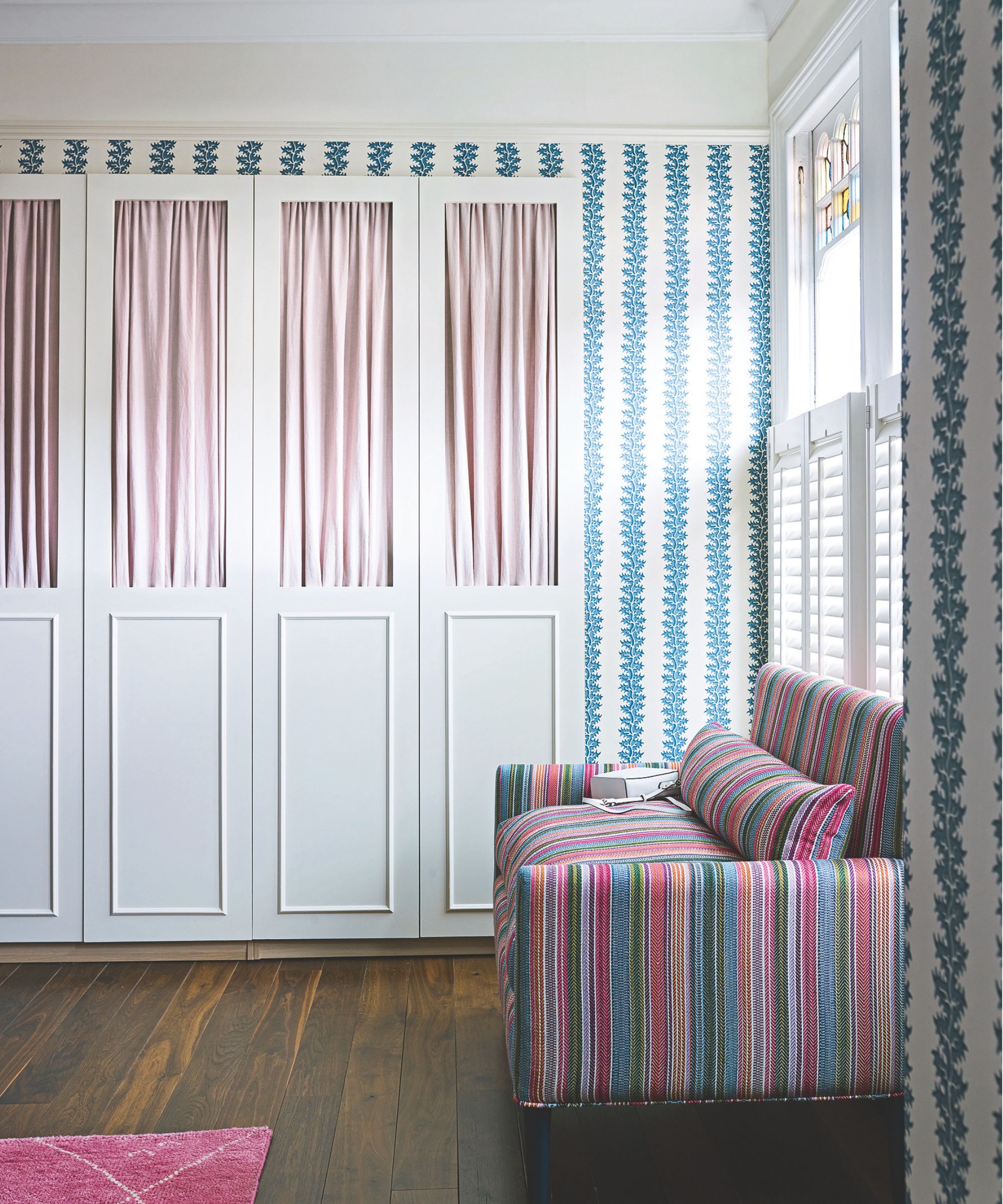
Trying to do too much at once limits your chance of success.
One of the best ways to change up your cleaning routine for the better and break bad home habits is to start small. Licensed counselor Kirsten urges, ‘Focus on creating one habit at a time. Trying to change everything at once can feel overwhelming and lead to burnout.
‘Becoming consistent with one change can help to build confidence and create visible progress, which can lead to increased motivation to continue creating and establishing new habits. This approach leads to sustainable, lasting change rather than a quick fix. Sustainable change comes from repetition.
‘Celebrate consistency, not perfection.’
8. Give yourself the tools you need

Giving yourself the tools you need increases the chances of success.
You cannot commit to better home habits if you do not have the correct tools at your disposal.
Kirsten says, ‘Set yourself up for success by being proactive and removing obstacles. Think ahead of time about any supplies you might need to complete a task.
'Having supplies handy, creating storage solutions that are easily accessible, and removing items that may tempt you to fall back into old habits can make a new habit feel like it takes less effort, making you more likely to follow through.’
This could mean stocking up on essential cleaning tools and keeping them in a well-organized cleaning caddy, such as this two-piece XL caddy designed by The Home Edit for Walmart, for easy access.
Alternatively, you could pick up some of the storage products professional organizers can’t live without. Otherwise, invest in a quality daily planner, such as this Ruff House Multipurpose Planner, from Anthropologie, to help you track your habits, plan routines, and create structure in your days.
9. Build momentum
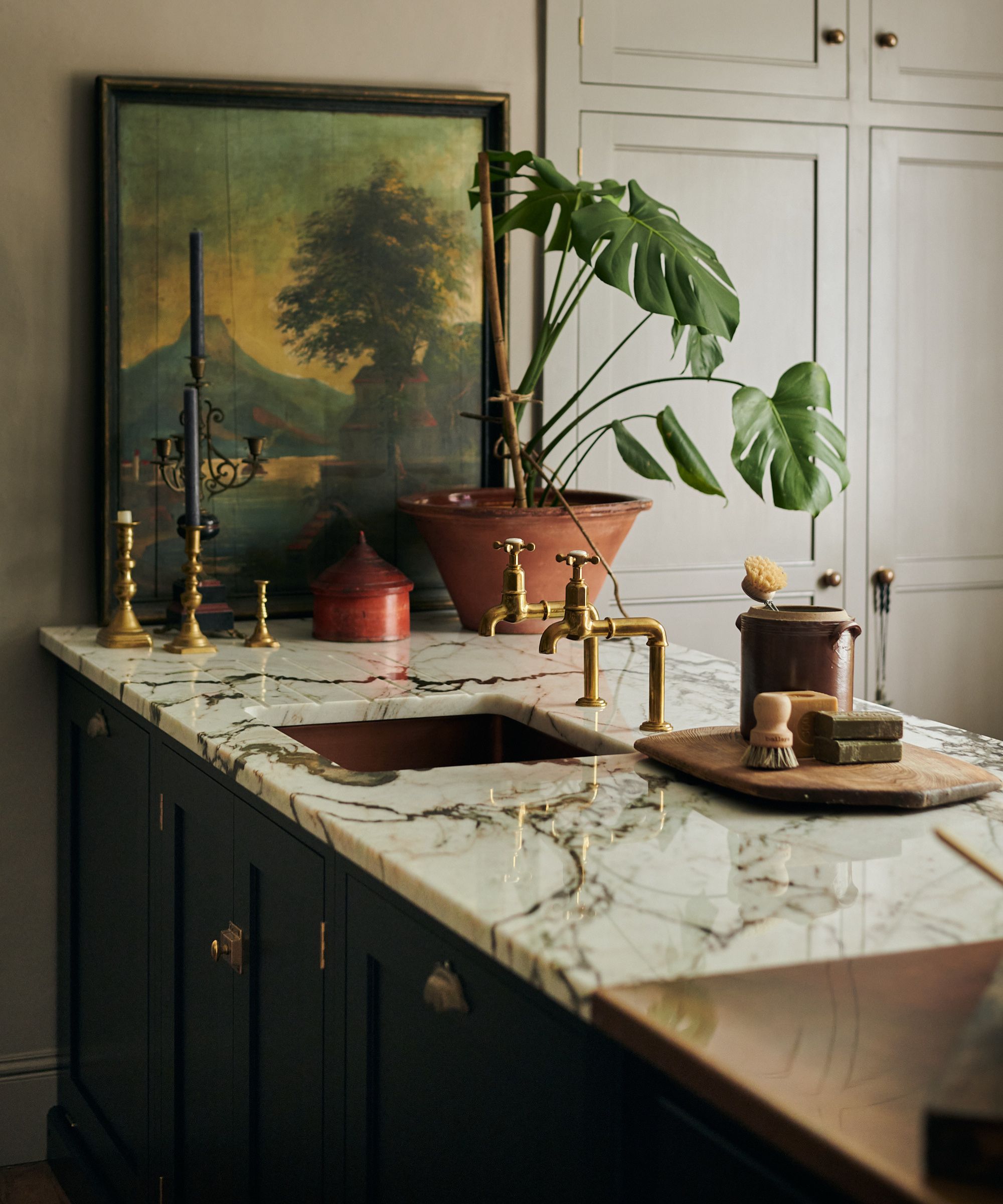
Doing little and often can help you to stay motivated.
The more quick wins you have, the more likely it is that new habits will replace old ones. Kirsten suggests, ‘Use the “one-minute rule” to help build momentum; if it takes less than one minute, do it now.
‘Tackling small tasks helps prevent a buildup of responsibilities and instills the habit of taking quick, consistent action. This habit can help minimize procrastination and can create a baseline of tidiness that feels sustainable, even on busy days.’
Still feeling stuck on starting? Try the try-for-five method, where you give an activity a go for five minutes. If you feel in the groove – great! Continue and power through until you are done or feel tired.
Still feeling low energy after five minutes? No worries, take a breather and try again later. Setting an analog timer, available at Walmart, helps to remove your phone from the equation to help limit digital distractions.
10. Celebrate milestones

Celebrate the small wins to help cement the habit in your mind.
Finally, the key to successfully breaking bad home habits and replacing them with new ones is to celebrate your successes.
Blanka concludes, ‘Do not forget to celebrate the milestones and reflect on how far you have come.’ It is a great tip to banish procrastination, too, with dopamine helping you to feel more motivated in the future.
What to shop
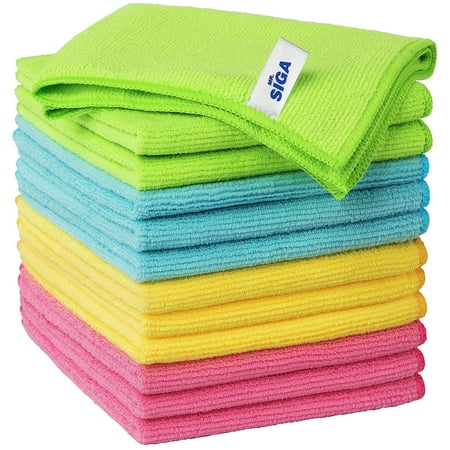
If your new habits centre around keeping your home cleaner, stock up on a set of microfiber cloths and stash them in rooms around your home. This way, you remove barriers to quickly cleaning as you go or task stacking.

Baskets are the best go-to for creating drop zones. Be it in your entryway, living room, or hallway, they can quickly corral clutter, making it easier to put away at the end of the week.
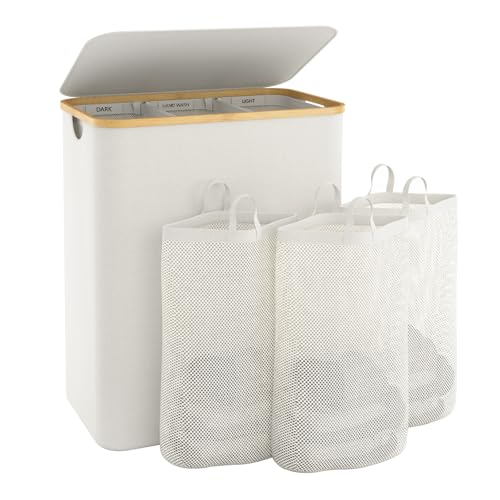
This extra-large laundry hamper is perfect for busy households, with three removable bags to make sorting laundry super simple. Place it in any area where laundry tends to accumulate, such as near bedroom chairs or in the bathroom, to prevent messy piles.
Meet the experts

Blanka is a professional home organizer turned family coach who works with parents to become better at parenting so that an emotionally, mentally, and physically healthier generation grows up.

For the past 20 years, Christina has built an award-winning career coaching A-list celebrities and Fortune 500 brands, including Meta, Adidas, Nestle, Pantone, Hilton, and more.

As the Founder & CEO of Confirmed, David specializes in coaching professionals to optimize their time and leverage AI and other techniques to streamline workflows and improve focus.

Diane is a certified professional organizer in chronic disorganization based in Atlanta, Georgia. She earned a hoarding specialist credential from the Institute for Challenging Disorganization and co-authored Filled Up and Overflowing: What to do when life events, chronic disorganization or hoarding go overboard.

Kirsten is a licensed clinical professional counsellor at The Modern Wellness Collective. She gained her bachelors degree in psychology from the Ohio State University in 2017, and has since completed a masters in mental health counselling at Malone University.
Replacing old, bad home habits with newer routines that better serve you could be the key to falling in love with organizing and committing long-term.
If you’re still feeling a little stuck, try some ways to hack your brain to make chores easier for an added boost.

Chiana has been at Homes & Gardens for two years and is our resident 'queen' of non-toxic living. She spends most of her time producing content for the Solved section of the website, helping readers get the most out of their homes through clever decluttering, cleaning, and tidying tips. She was named one of Fixr's top home improvement journalists in 2024.